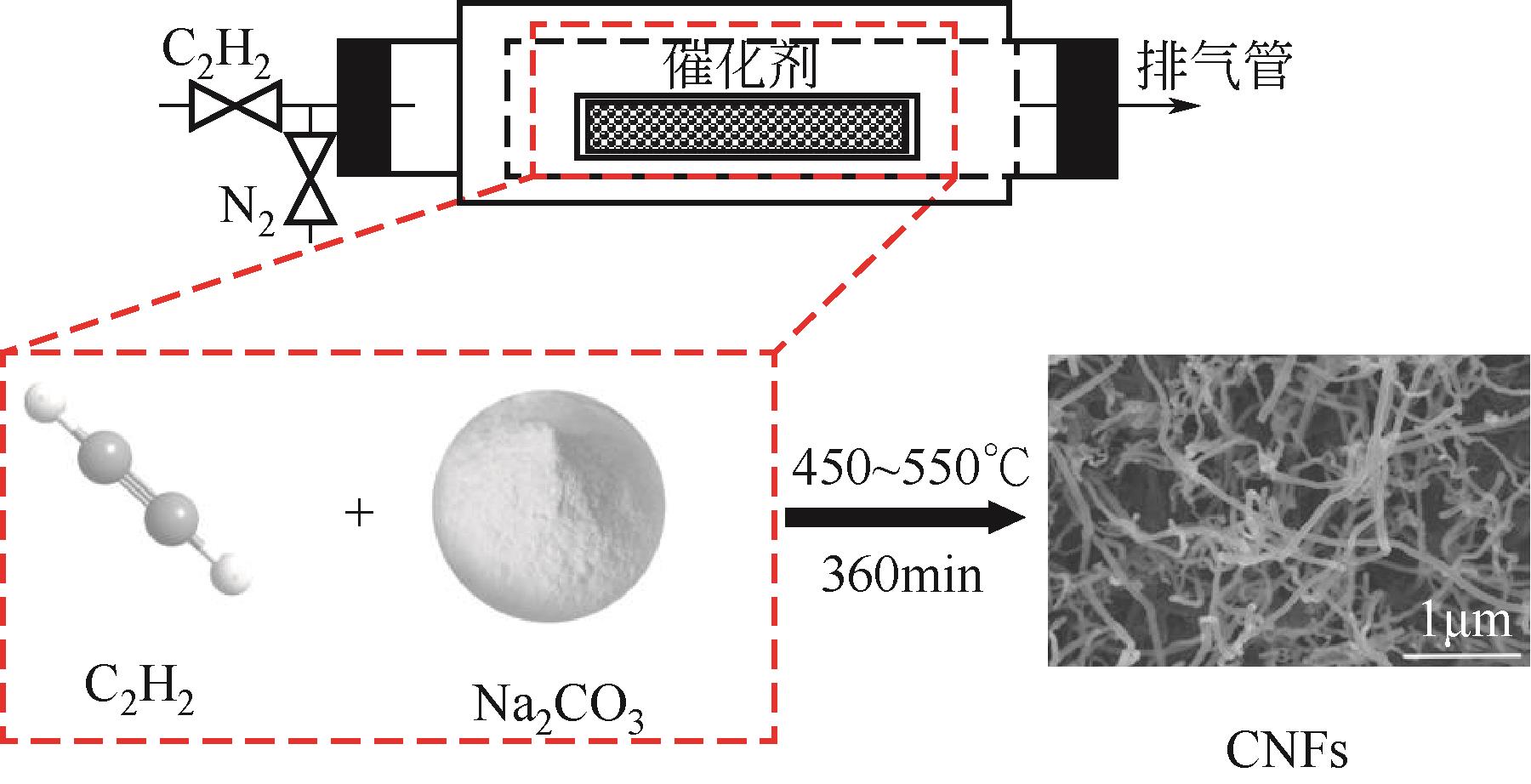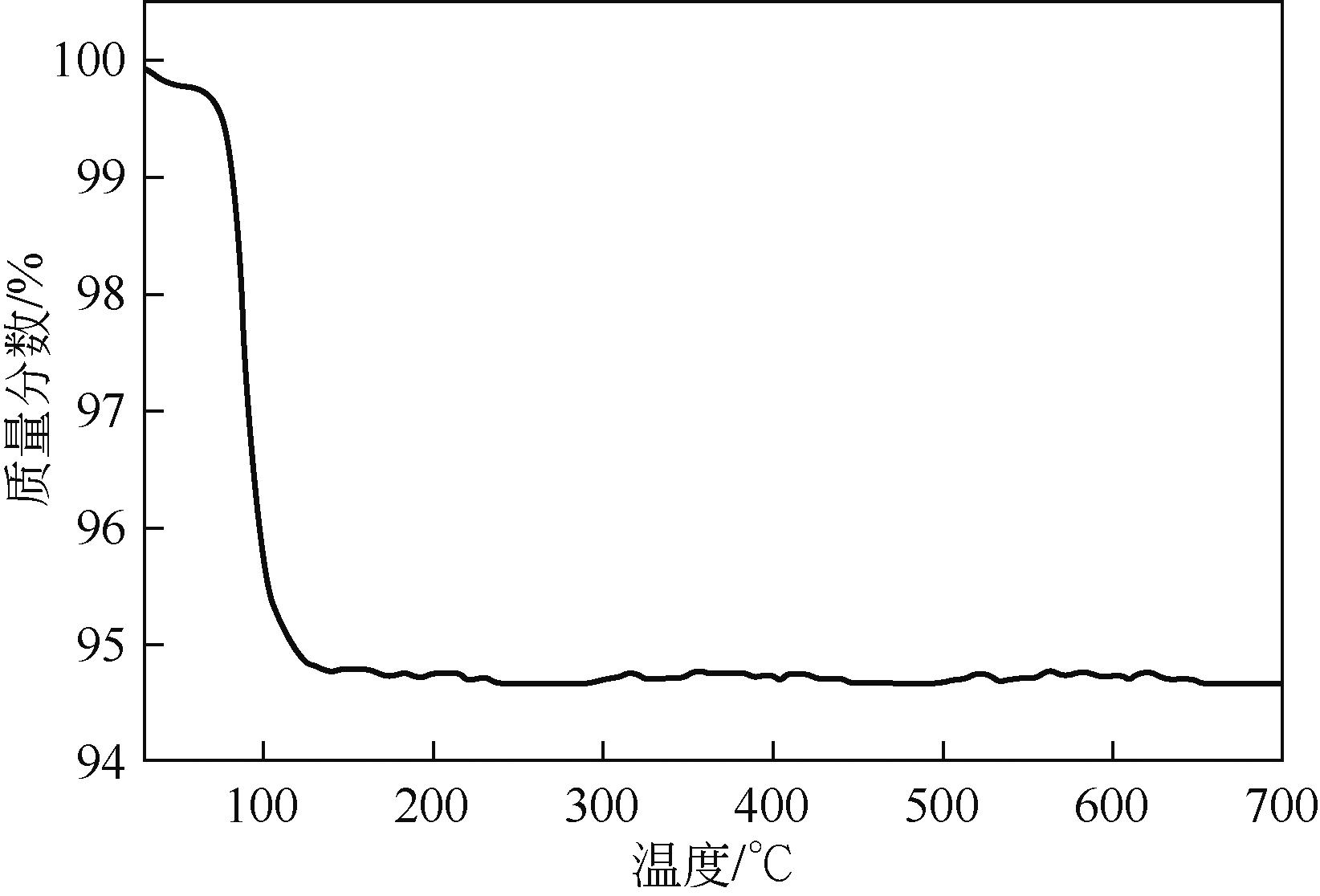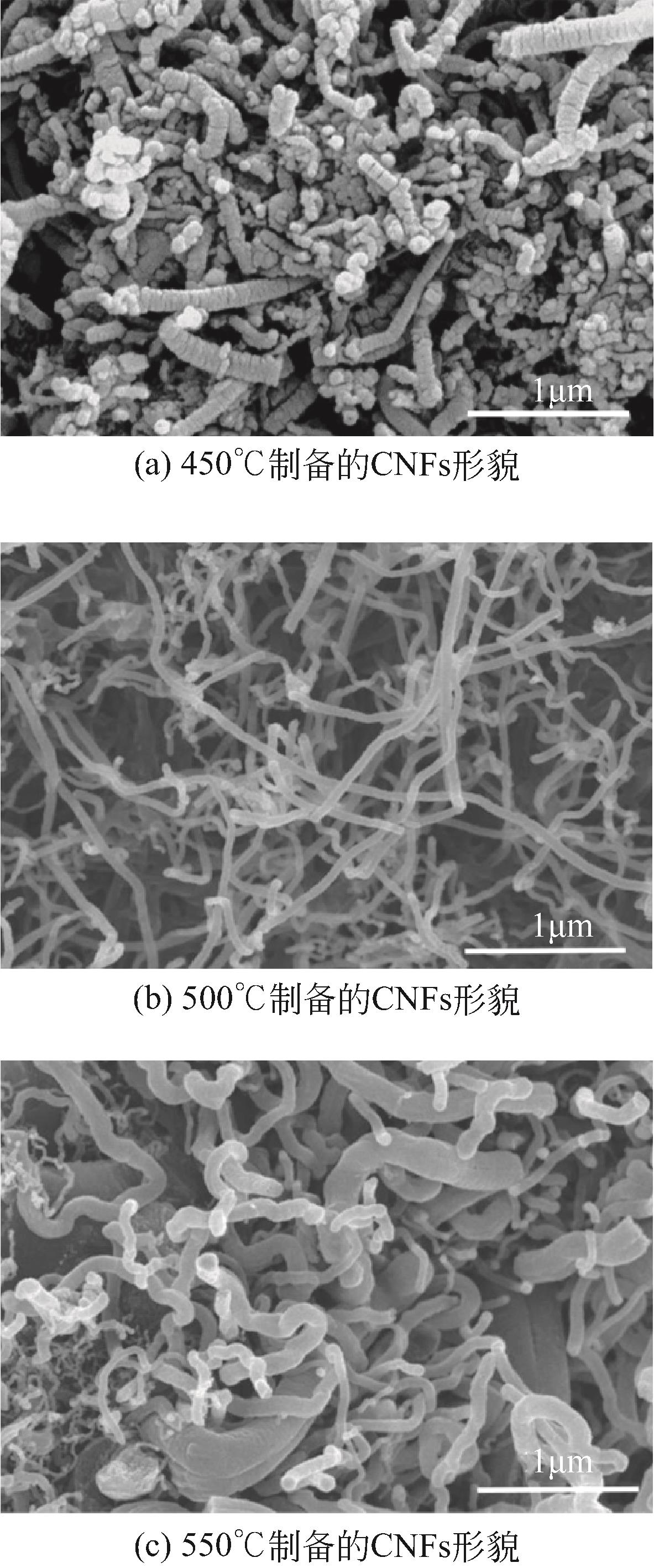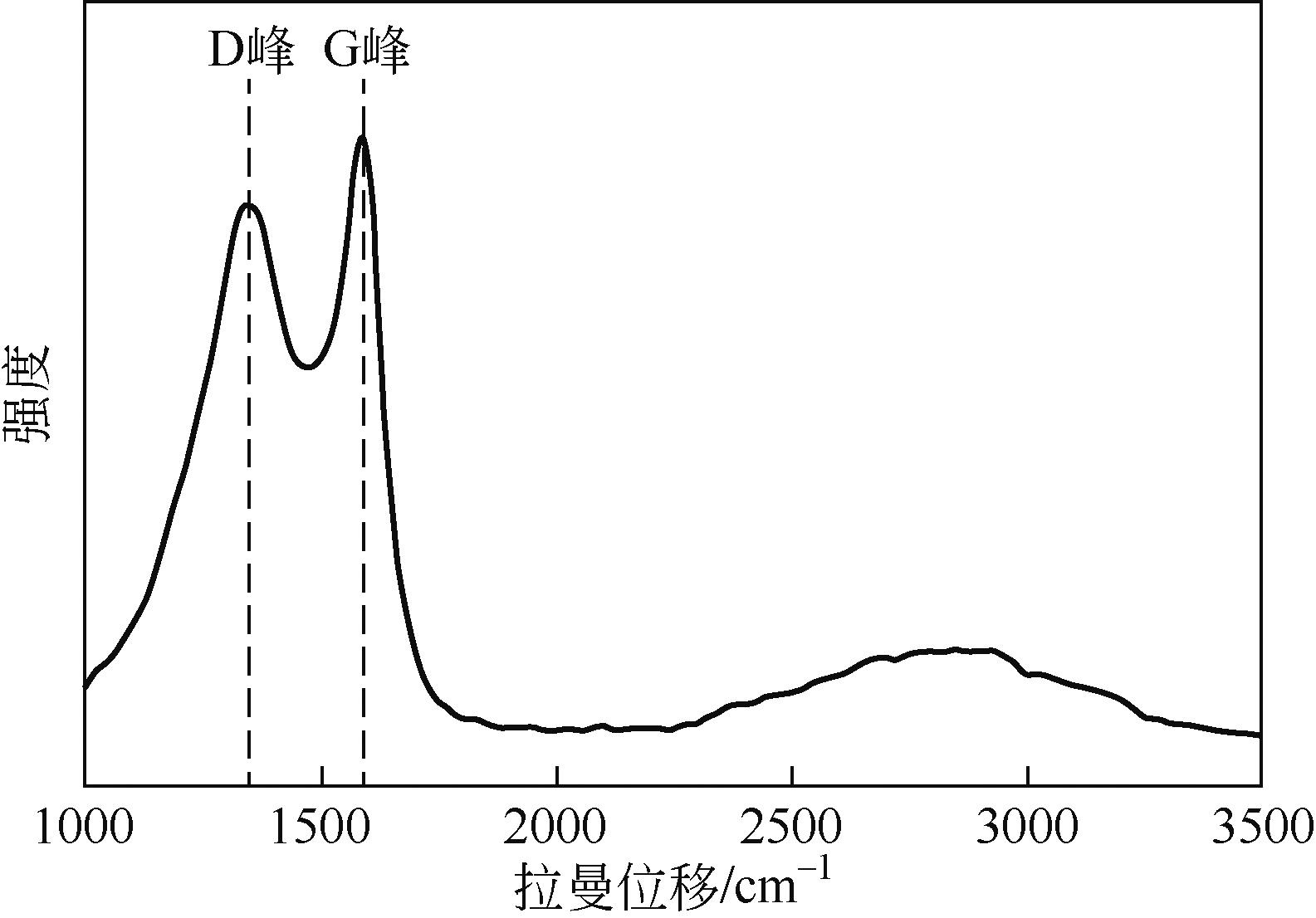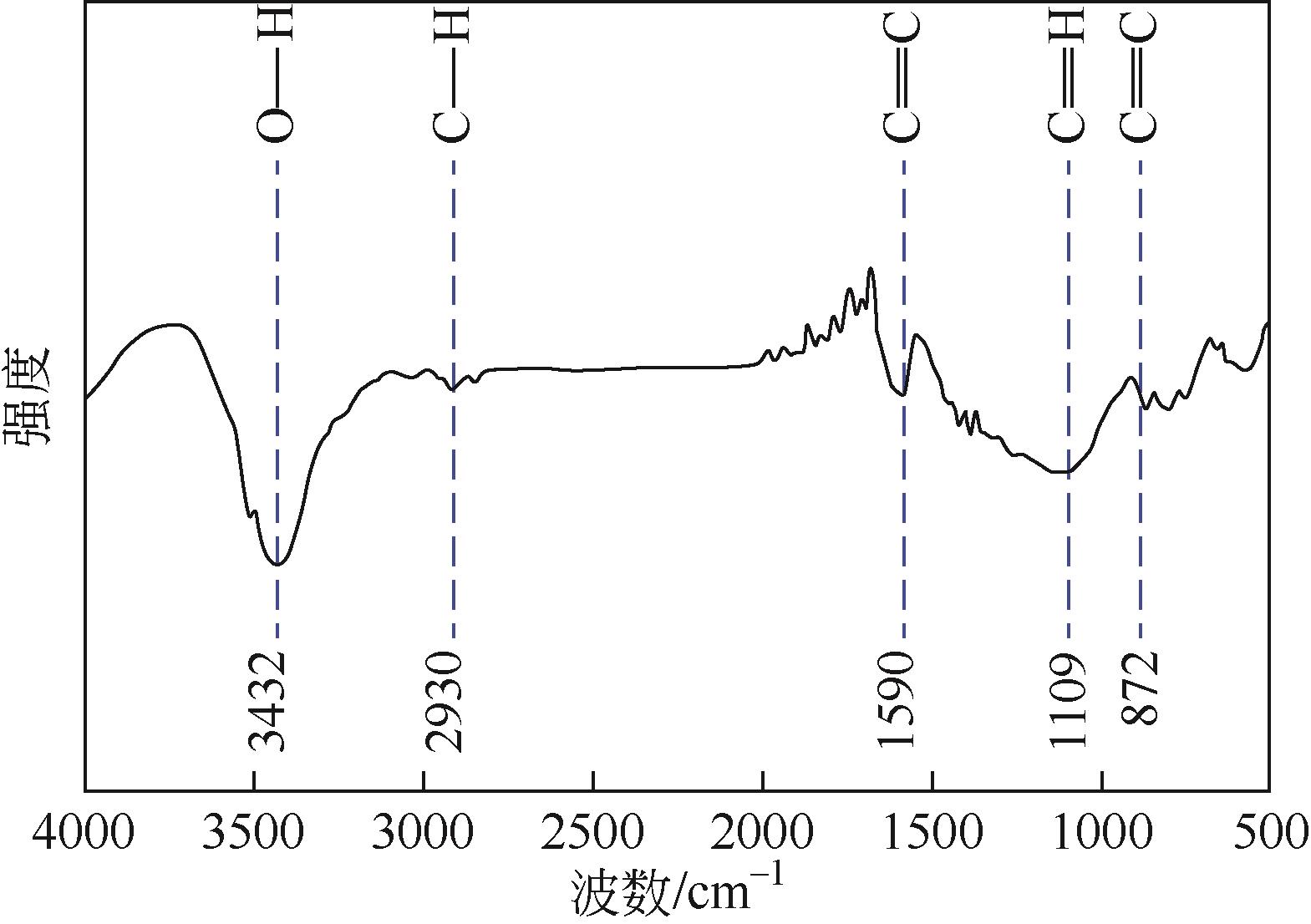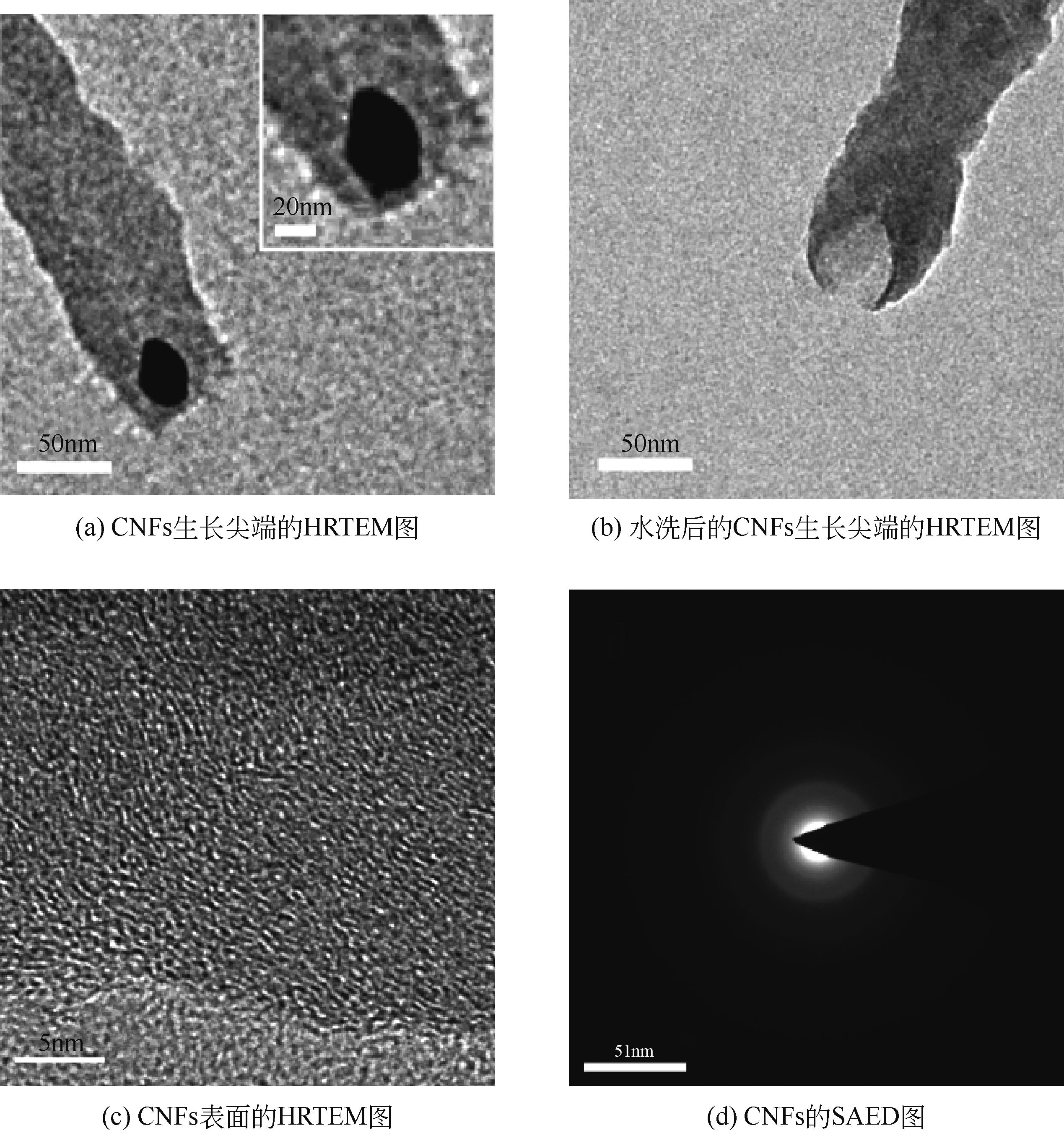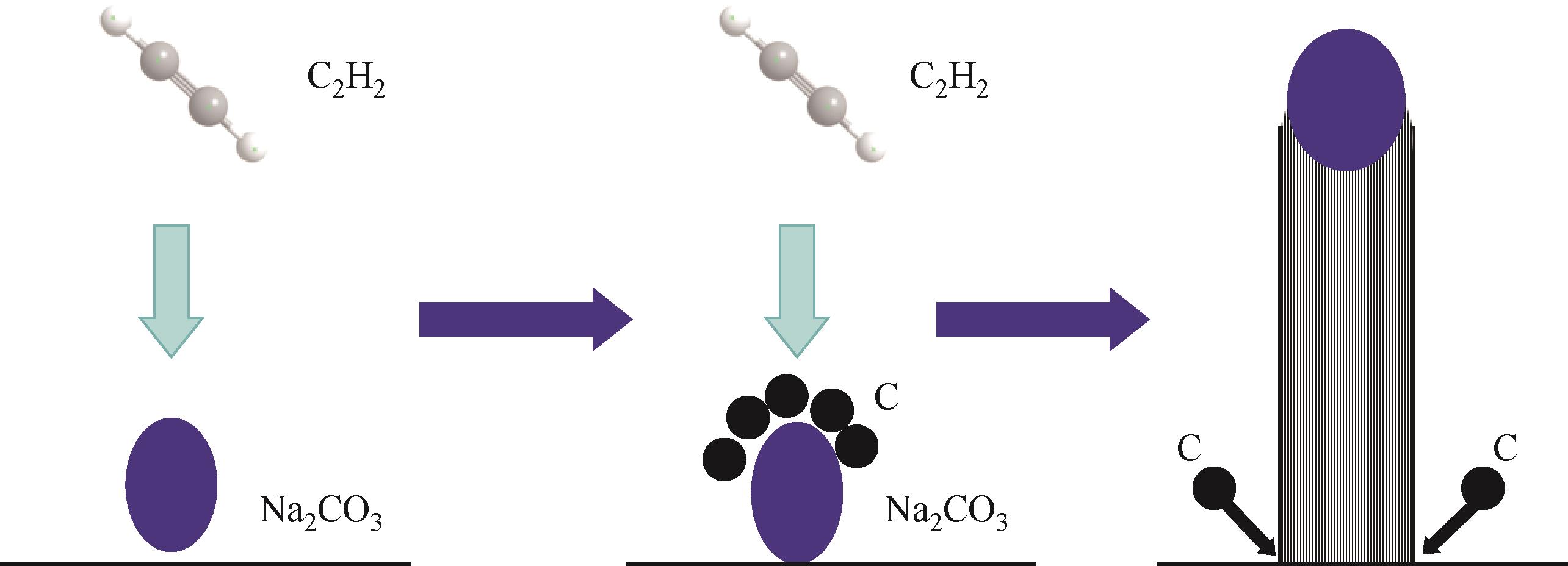| 1 |
张扬, 王韬翔, 刘贝, 等. 基于非晶态Fe/Al2O3催化剂的乙烷催化裂解高效制备碳纳米管[J]. 石油学报(石油加工), 2023, 39(4): 750-759.
|
|
ZHANG Yang, WANG Taoxiang, LIU Bei, et al. Efficient synthesis of carbon nanotubes by catalytic cracking of ethane based on amorphous Fe/Al2O3 catalyst[J]. Acta Petrolei Sinica (Petroleum Processing Section), 2023, 39(4): 750-759.
|
| 2 |
张燕, 王淼, 赵佳辉, 等. 氮掺杂石墨烯/碳纳米管/无定形炭复合材料制备及其电化学性能[J]. 化工进展, 2022, 41(10): 5501-5509.
|
|
ZHANG Yan, WANG Miao, ZHAO Jiahui, et al. Preparation and electrochemical properties of nitrogen-doped graphene/carbon nanotubes/amorphous carbon composites[J]. Chemical Industry and Engineering Progress, 2022, 41(10): 5501-5509.
|
| 3 |
慕诗芸, 刘凯, 吕孝琦, 等. 微波协同氧化锆@碳纳米管强化果糖制5-羟甲基糠醛[J]. 化工进展, 2022, 41(11): 5858-5869.
|
|
MU Shiyun, LIU Kai, Xiaoqi LYU, et al. Conversion of fructose to 5-hydroxymethylfurfural catalyzed by microwave-assisted zirconia@carbon nanotubes[J]. Chemical Industry and Engineering Progress, 2022, 41(11): 5858-5869.
|
| 4 |
MELCHIONNA M, MARCHESAN S, PRATO M, et al. Carbon nanotubes and catalysis: The many facets of a successful marriage[J]. Catalysis Science & Technology, 2015, 5(8): 3859-3875.
|
| 5 |
YAN Yibo, MIAO Jianwei, YANG Zhihong, et al. Carbon nanotube catalysts: Recent advances in synthesis, characterization and applications[J]. Chemical Society Reviews, 2015, 44(10): 3295-3346.
|
| 6 |
ZAPOROTSKOVA Irina V, BOROZNINA Natalia P, PARKHOMENKO Yuri N, et al. Carbon nanotubes: Sensor properties. A review[J]. Modern Electronic Materials, 2016, 2(4): 95-105.
|
| 7 |
HAN Tao, Anindya NAG, CHANDRA MUKHOPADHYAY Subhas, et al. Carbon nanotubes and its gas-sensing applications: A review[J]. Sensors and Actuators A: Physical, 2019, 291: 107-143.
|
| 8 |
WU Xin, MU Fengwen, ZHAO Haiyan. Recent progress in the synthesis of graphene/CNT composites and the energy-related applications[J]. Journal of Materials Science & Technology, 2020, 55: 16-34.
|
| 9 |
RATHER Sami ullah. Preparation, characterization and hydrogen storage studies of carbon nanotubes and their composites: A review[J]. International Journal of Hydrogen Energy, 2020, 45(7): 4653-4672.
|
| 10 |
WANG Yanqing, PAN Can, CHU Wei, et al. Environmental remediation applications of carbon nanotubes and graphene oxide: Adsorption and catalysis[J]. Nanomaterials, 2019, 9(3): 439.
|
| 11 |
DE MENEZES Beatriz Rossi Canuto, RODRIGUES Karla Faquine, DA SILVA FONSECA Beatriz Carvalho, et al. Recent advances in the use of carbon nanotubes as smart biomaterials[J]. Journal of Materials Chemistry B, 2019, 7(9): 1343-1360.
|
| 12 |
RAPHEY V R, HENNA T K, NIVITHA K P, et al. Advanced biomedical applications of carbon nanotube[J]. Materials Science and Engineering: C, 2019, 100: 616-630.
|
| 13 |
IIJIMA Sumio. Helical microtubules of graphitic carbon[J]. Nature, 1991, 354(6348): 56-58.
|
| 14 |
OULANTI Hanae, LAURENT Fabrice, Thang LE-HUU, et al. Growth of carbon nanotubes on carbon fibers using the combustion flame oxy-acetylene method[J]. Carbon, 2015, 95: 261-267.
|
| 15 |
JANAS Dawid, KOZIOL Krzysztof K. Carbon nanotube fibers and films: Synthesis, applications and perspectives of the direct-spinning method[J]. Nanoscale, 2016, 8(47): 19475-19490.
|
| 16 |
CHEN Y, CONWAY M J, FITZ GERALD J D, et al. The nucleation and growth of carbon nanotubes in a mechano-thermal process[J]. Carbon, 2004, 42(8/9): 1543-1548.
|
| 17 |
JOURDAIN Vincent, BICHARA Christophe. Current understanding of the growth of carbon nanotubes in catalytic chemical vapour deposition[J]. Carbon, 2013, 58: 2-39.
|
| 18 |
SCHWANDT Carsten, DIMITROV Aleksandar T, FRAY Derek J. High-yield synthesis of multi-walled carbon nanotubes from graphite by molten salt electrolysis[J]. Carbon, 2012, 50(3): 1311-1315.
|
| 19 |
VENKATARAMAN Anusha, AMADI Eberechukwu Victoria, CHEN Yingduo, et al. Carbon nanotube assembly and integration for applications[J]. Nanoscale Research Letters, 2019, 14(1): 220.
|
| 20 |
ZHOU Weiwei, HAN Zuoyan, WANG Jinyong, et al. Copper catalyzing growth of single-walled carbon nanotubes on substrates[J]. Nano Letters, 2006, 6(12): 2987-2990.
|
| 21 |
LOEBICK Codruta Zoican, PODILA Ramakrishna, REPPERT Jason, et al. Selective synthesis of subnanometer diameter semiconducting single-walled carbon nanotubes[J]. Journal of the American Chemical Society, 2010, 132(32): 11125-11131.
|
| 22 |
Akbarzadeh PASHA M, SHAFIEKHANI A, VESAGHI M A. Hot filament CVD of Fe-Cr catalyst for thermal CVD carbon nanotube growth from liquid petroleum gas[J]. Applied Surface Science, 2009, 256(5): 1365-1371.
|
| 23 |
AWADALLAH Ahmed E, ABOUL-ENEIN Ateyya A, AZAB Mostafa A, et al. Influence of Mo or Cu doping in Fe/MgO catalyst for synthesis of single-walled carbon nanotubes by catalytic chemical vapor deposition of methane[J]. Fullerenes, Nanotubes and Carbon Nanostructures, 2017, 25(4): 256-264.
|
| 24 |
LIU Bilu, REN Wencai, LI Shisheng, et al. High temperature selective growth of single-walled carbon nanotubes with a narrow chirality distribution from a CoPt bimetallic catalyst[J]. Chemical Communications, 2012, 48(18): 2409-2411.
|
| 25 |
REYHANI A, MORTAZAVI S Z, AKHAVAN O, et al. Effect of Ni,Pd and Ni-Pd nano-islands on morphology and structure of multi-wall carbon nanotubes[J]. Applied Surface Science, 2007, 253(20): 8458-8462.
|
| 26 |
YAMADA Mami, KAWANA Masa-aki, MIYAKE Mikio. Synthesis and diameter control of multi-walled carbon nanotubes over gold nanoparticle catalysts[J]. Applied Catalysis A: General, 2006, 302(2): 201-207.
|
| 27 |
LIU Bilu, REN Wencai, GAO Libo, et al. Metal-catalyst-free growth of single-walled carbon nanotubes[J]. Journal of the American Chemical Society, 2009, 131(6): 2082-2083.
|
| 28 |
HUANG Shaoming, CAI Qiran, CHEN Jiangying, et al. Metal-catalyst-free growth of single-walled carbon nanotubes on substrates[J]. Journal of the American Chemical Society, 2009, 131(6): 2094-2095.
|
| 29 |
FLEMING Evan, DU Feng, Eric OU, et al. Thermal conductivity of carbon nanotubes grown by catalyst-free chemical vapor deposition in nanopores[J]. Carbon, 2019, 145: 195-200.
|
| 30 |
LEHMAN John H, TERRONES Mauricio, MANSFIELD Elisabeth, et al. Evaluating the characteristics of multiwall carbon nanotubes[J]. Carbon, 2011, 49(8): 2581-2602.
|
| 31 |
裴婷, 张淑侠, 王姗姗, 等. 工艺条件对甲烷催化裂解制氢及碳纳米管的性能影响研究[J]. 应用化工, 2022, 51(5): 1365-1367, 1372.
|
|
PEI Ting, ZHANG Shuxia, WANG Shanshan, et al. Effect of process conditions on hydrogen production from methane catalytic cracking and properties of carbon nanotubes[J]. Applied Chemical Industry, 2022, 51(5): 1365-1367, 1372.
|
| 32 |
TORRES D, PINILLA J L, SUELVES I. Cobalt doping of α-Fe/Al2O3 catalysts for the production of hydrogen and high-quality carbon nanotubes by thermal decomposition of methane[J]. International Journal of Hydrogen Energy, 2020, 45(38): 19313-19323.
|
| 33 |
BETAR Bashir O, ALSAADI Mohammed A, CHOWDHURY Zaira Z, et al. Bimetallic Mo-Fe co-catalyst-based nano-carbon impregnated on PAC for optimum super-hydrophobicity[J]. Symmetry, 2020, 12(8): 1242.
|
| 34 |
RATTANAAMONKULCHAI Raminda, KLUDPANTANAPAN Thunyathon, SRIFA Atthapon, et al. Simultaneous production of hydrogen and carbon nanotubes from biogas over mono- and bimetallic catalyst[J]. Journal of Environmental Chemical Engineering, 2022, 10(4): 107910.
|
| 35 |
PUDUKUDY Manoj, YAAKOB Zahira, MAZUKI Mohd Zulhamizan, et al. One-pot sol-gel synthesis of MgO nanoparticles supported nickel and iron catalysts for undiluted methane decomposition into COx free hydrogen and nanocarbon[J]. Applied Catalysis B: Environmental, 2017, 218: 298-316.
|
 ), 潘忠文3, 谢纯3, 崔瑾4, 王鲜1(
), 潘忠文3, 谢纯3, 崔瑾4, 王鲜1( )
)
 ), PAN Zhongwen3, XIE Chun3, CUI Jin4, WANG Xian1(
), PAN Zhongwen3, XIE Chun3, CUI Jin4, WANG Xian1( )
)
